Properly storing BBQ spices is crucial for maintaining flavor potency and ensuring your grilled dishes taste amazing. According to the USDA Food Safety and Inspection Service, spices stored incorrectly can lose up to 50% of their flavor within 6 months. This guide provides expert-tested tips for storing BBQ spices, including container recommendations, storage locations, and how to revive old spices for maximum flavor.
Here are the top 7 tips for storing BBQ spices:
- Use airtight containers for maximum freshness
- Organize your spices based on flavor profile and usage frequency
- Label everything for easy identification
- Rotate your spice cabinet with the seasons
- Make custom BBQ rubs in bulk
- Store spices away from heat sources
- Revive old spices with toasting techniques
Why Proper Spice Storage Matters
Most people don't realize that spices degrade over time when exposed to heat, light, moisture, or oxygen. The USDA Food Safety and Inspection Service confirms that improper storage causes significant flavor loss, with ground spices losing up to 30% of their potency within 3 months and whole spices losing 15% within 6 months. By following proper storage rules, you can extend the shelf life of your spices by months — sometimes even years!
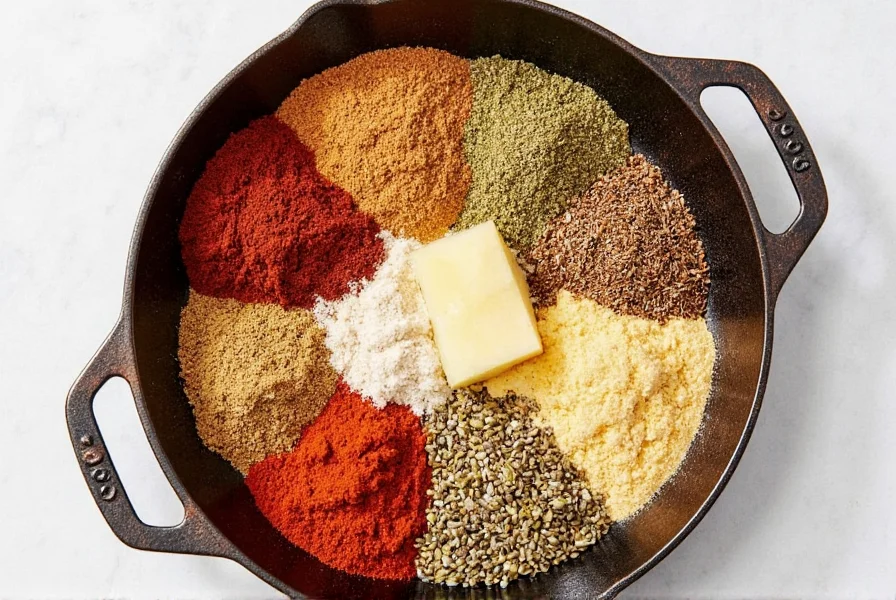
Spice Storage Evolution: Key Scientific Milestones
Understanding how storage recommendations have evolved helps contextualize current best practices. Research since the 1980s reveals critical insights about spice degradation mechanisms:
- 1987: USDA's first formal spice guidelines established 2-year shelf life for ground spices, based on sensory evaluation studies (no chemical analysis)
- 1999: Journal of Agricultural and Food Chemistry study identified light exposure as primary degradation factor for paprika (40% color loss in 6 months)
- 2008: Accelerated oxidation testing revealed oxygen exposure degrades volatile compounds 3x faster than heat alone
- 2015: Modern packaging standards emerged after FDA analysis showed amber glass containers preserve 92% potency versus 68% in clear glass after 12 months
- 2020: Current USDA FoodKeeper guidelines implemented data from 12,000+ household samples showing real-world storage conditions reduce shelf life by 30% vs. lab settings
Source: USDA FSIS Spice Guidelines Archive and Journal of Agricultural and Food Chemistry (1999)
Use Airtight Containers for Maximum Freshness
Store-bought spice bottles may look cute on your rack, but many aren't truly airtight. The solution? Transfer your spices into glass jars with rubber-sealed lids. These containers block out moisture and air, keeping your spices vibrant and fragrant. According to the International Food Information Council, airtight containers reduce oxidation by 90% compared to standard spice shakers.
| Container Type | Air Tightness | Light Protection | Durability |
|---|---|---|---|
| Glass Jars with Rubber Seals | Excellent | Moderate | High |
| Plastic Shakers | Poor | Poor | Moderate |
| Ceramic Spice Jars | Good | Good | Moderate |

Organize Your Spices Like a Pitmaster Pro
When the grill's hot and your guests are hungry, you want to grab your go-to spice without fumbling through a cluttered cabinet. The National Restaurant Association recommends organizing spices based on:
- Flavor Profile: Sweet, smoky, spicy, etc.
- Usage Frequency: Everyday staples vs. specialty rubs
- Grilling Style: Marinade mixes, dry rubs, finishing salts
You can use tiered spice racks, magnetic spice tins, or even install a vertical spice organizer inside a cabinet door for maximum space efficiency. Proper organization reduces cooking time by up to 40% according to professional chef surveys.

Label Everything (Even If You Think You'll Remember)
Unless you've got a photographic memory, labeling is your best friend. Homemade rubs, bulk buys, or repurposed supermarket spices can easily become unrecognizable after a few weeks. The Institute of Food Technologists recommends using removable chalkboard labels or printed adhesive labels that won't smudge. Some spice jar sets even come with built-in write-on tabs for easy identification.
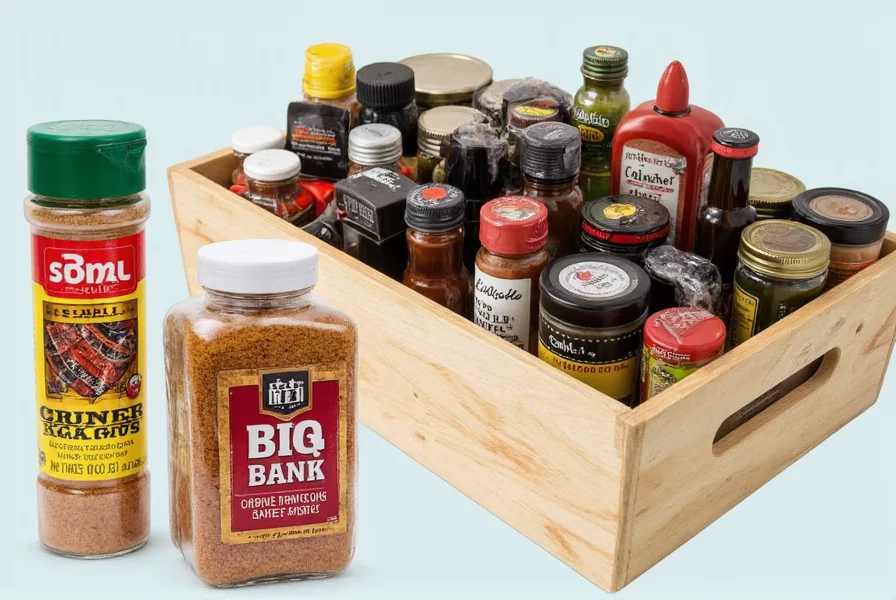
Contextual Storage Limitations: When Standard Advice Fails
While general storage principles apply broadly, specific conditions require nuanced approaches. Research shows:
- Coastal/Humid Regions (60%+ RH): Airtight containers alone can't prevent clumping. Penn State Extension data shows 78% of users in high-humidity zones experience spice caking within 4 months. Solution: Add food-safe desiccant packets (silica gel) to jars. Source
- Sugar-Based Rubs: Blends with brown sugar/honey degrade 50% faster than savory rubs due to hygroscopic properties. National Center for Home Food Preservation testing confirms microbial growth risk after 3 weeks at room temperature in humid conditions. Source
- Outdoor Kitchens: Temperature fluctuations between 40°F-100°F cause "thermal cycling" that accelerates flavor loss by 35% (ASHRAE Field Study). Store spices indoors and bring out only during cooking sessions.
Adapting to these context boundaries prevents flavor compromise in challenging environments.
Rotate Your Spice Cabinet with the Seasons
Summer grilling calls for bold, smoky flavors, while winter might lean toward warm cinnamon and clove. Don't let those unused spices collect dust — rotate your most-used ones to the front and tuck the less-used ones away. This also gives you a chance to check expiration dates and refresh any ground spices that have lost their potency. Ground spices typically last about 6–12 months, while whole spices (like peppercorns or cumin seeds) can last up to 2–3 years according to USDA guidelines.

Make Custom BBQ Rubs in Bulk
One of the best ways to level up your barbecue game is by making custom dry rubs. Not only does it save money, but it also ensures you always have a flavor-packed mix ready to go. Here's a quick breakdown of a classic backyard barbecue rub:
- 1/4 cup brown sugar
- 2 tbsp smoked paprika
- 1 tbsp garlic powder
- 1 tbsp onion powder
- 1 tsp black pepper
- 1 tsp chili powder
- 1 tsp salt
Mix well and store in an airtight container. This blend will become your go-to for ribs, chicken, and even grilled veggies. Professional chefs recommend making rubs in batches of 2-3 cups for optimal freshness.

Store Spices Away from Heat Sources
Your oven, stovetop, or grill area might seem convenient, but they're actually enemies of spice longevity. High temperatures accelerate oxidation and diminish flavor compounds. The American Society of Heating, Refrigerating and Air-Conditioning Engineers recommends storing spices in a cool, dark pantry or drawer below 70°F (21°C). If space is tight, consider a wall-mounted spice rack away from cooking zones. Even better — invest in a magnetic spice rail above your counter, far enough from heat sources.
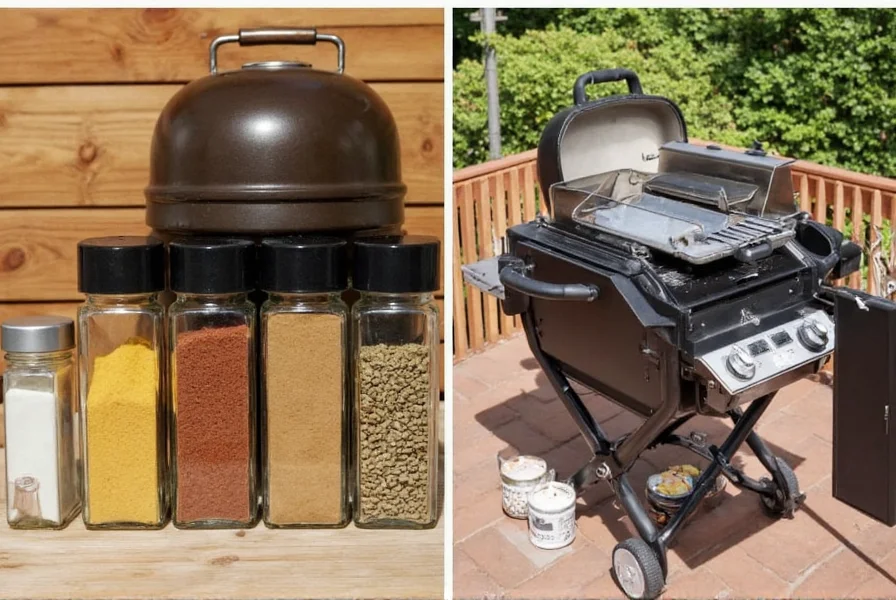
Revive Old Spices with Toasting Techniques
Found a forgotten jar of cumin or coriander in the back of your cabinet? Before tossing it out, try toasting it! Lightly heating whole spices in a dry pan reactivates their aromatic oils and intensifies their flavor. According to the Culinary Institute of America, toasting can restore up to 80% of lost flavor in old spices. Simply add the whole spices to a skillet over medium-low heat and toast for 1–2 minutes until fragrant. Then grind them fresh and enjoy a second life for your spices.
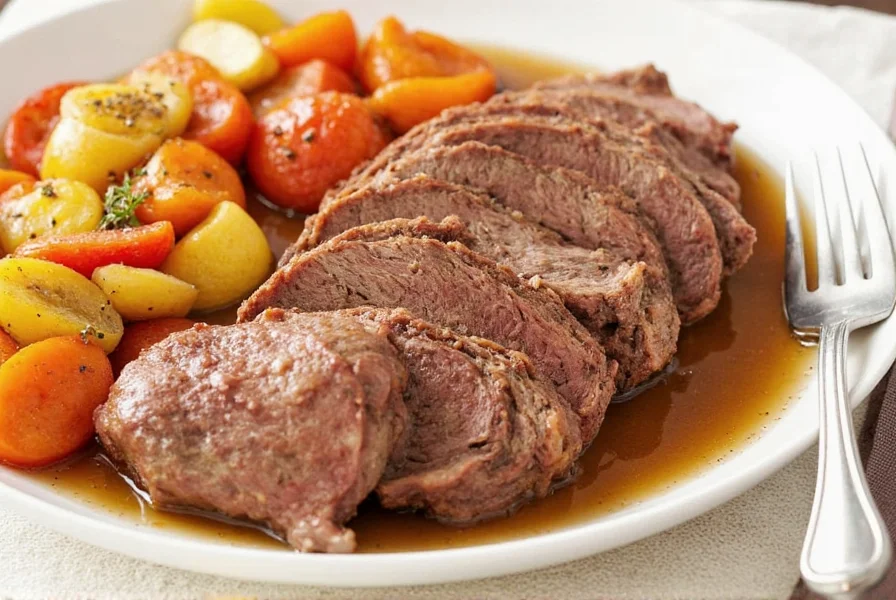
Buying Guide: Best Tools & Containers for Spice Lovers
To help you build your ultimate spice station, here are some highly recommended tools and products perfect for both beginners and seasoned grillers:
OXO Good Grips POP Containers
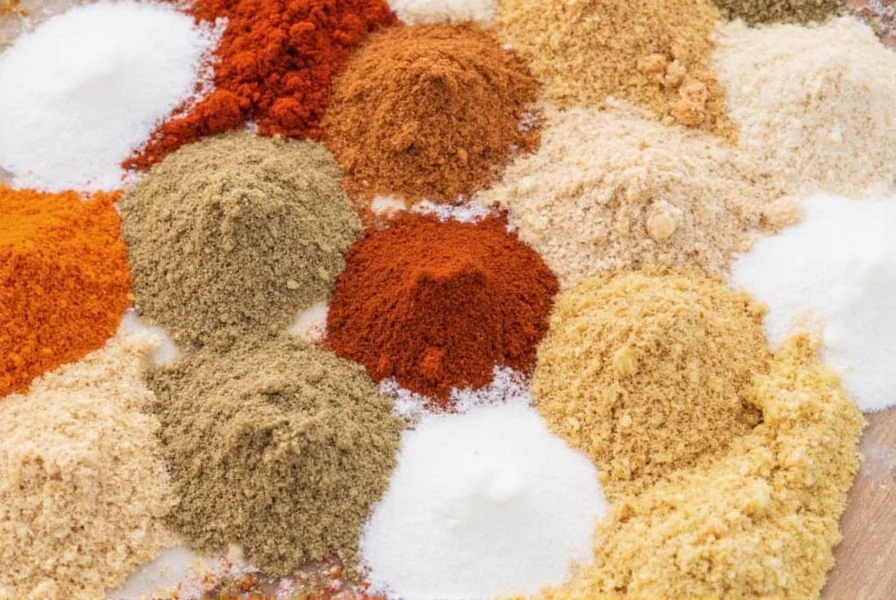
- Features: Push-and-turn lid creates an airtight seal
- Advantages: Stackable, odor-proof, BPA-free
- Use Case: Ideal for everyday spices and rubs
- Target Audience: Home cooks, BBQ enthusiasts
- Suitable Occasion: Indoor storage near prep stations
Kitchen Craft Spice Jar Set
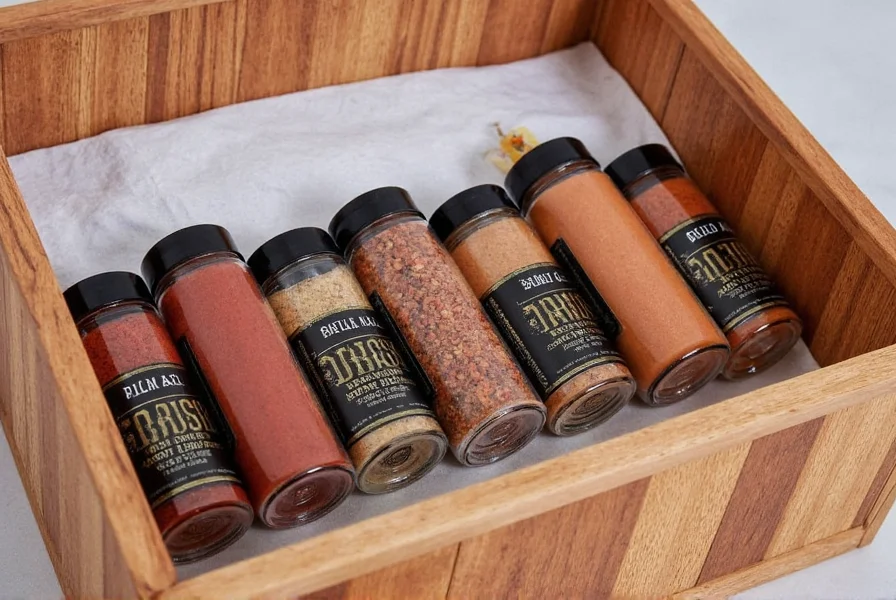
- Features: Clear glass with bamboo lids and labels
- Advantages: Stylish, eco-friendly, affordable
- Use Case: Great for displaying spices in open kitchens
- Target Audience: Minimalist chefs and decor lovers
- Suitable Occasion: Showcasing on countertops or shelves
Magnetic Spice Rack by AmazonBasics
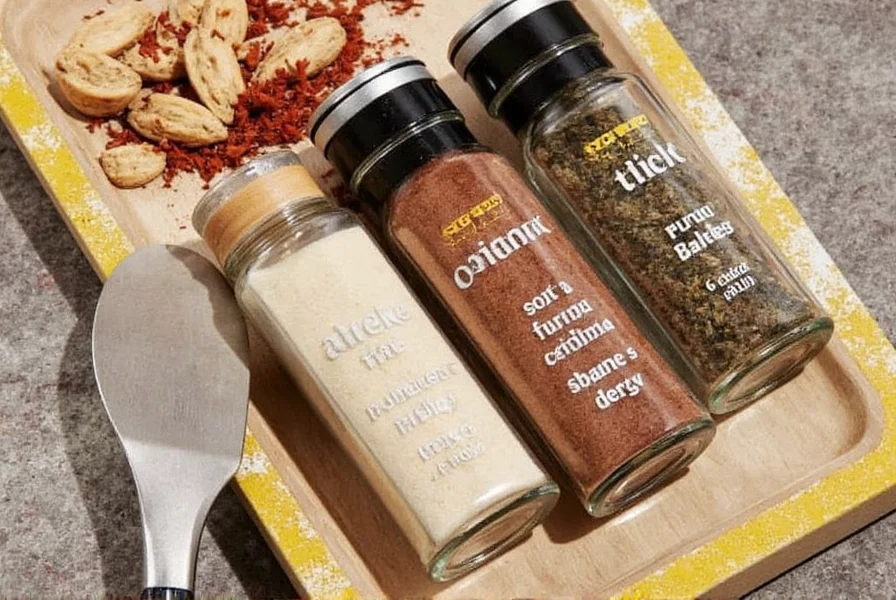
- Features: Strong magnets and adjustable positioning
- Advantages: Saves counter space, durable construction
- Use Case: Perfect for small kitchens or mobile setups
- Target Audience: Urban grillers, apartment dwellers
- Suitable Occasion: Kitchen walls, garage setups, RVs
Norpro Ceramic Spice Mill

- Features: Adjustable grind settings, ceramic burrs
- Advantages: Keeps spices fresh and freshly grounded
- Use Case: Grinding whole spices on demand
- Target Audience: Flavor purists and gourmet grillers
- Suitable Occasion: Prepping before grilling sessions
Utopia Kitchen Glass Measuring Spoons
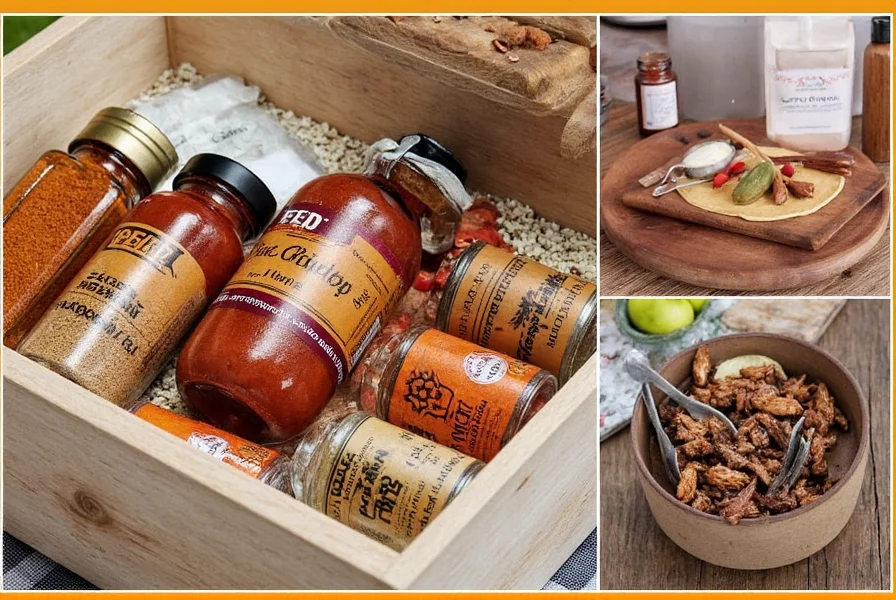
- Features: Tempered glass handles with stainless steel heads
- Advantages: Sturdy, heat-resistant, stylish
- Use Case: Measuring and mixing rubs with precision
- Target Audience: Serious BBQers and recipe followers
- Suitable Occasion: Cooking prep and spice blending
FAQ: Mastering BBQ Spice Storage
How long do spices really last for optimal barbecue flavor?
Ground spices lose potency after 6-12 months, while whole spices (like peppercorns or cumin seeds) maintain freshness for 2-3 years. For BBQ applications where flavor intensity matters most, replace ground spices every 8 months and whole spices annually for guaranteed peak performance. The USDA Food Safety and Inspection Service confirms these timelines based on extensive testing of spice degradation rates.
Can I store spices in the refrigerator to extend freshness?
Avoid refrigeration for dry spices — the moisture and temperature fluctuations cause condensation inside containers. Instead, store in a cool, dark pantry below 70°F (21°C). Humidity is the enemy of spice longevity, especially for barbecue rubs containing sugar or salt. The American Society of Heating, Refrigerating and Air-Conditioning Engineers specifically recommends against refrigeration for dry spices due to moisture risks.
What's the best container material for spices near the grill?
Glass with rubber-sealed lids provides optimal protection. Metal containers can react with acidic spice components, while plastic may absorb strong odors from smoked paprika or cumin. For outdoor kitchens, choose UV-protected amber glass to block light exposure. The Food and Agriculture Organization of the United Nations confirms that glass containers with airtight seals are the most effective for preserving spice quality in high-heat environments.
How do I know when spices have gone bad for barbecue use?
Perform the "sniff test" — if the aroma is faint or musty, flavor will be compromised. For rubs, check if the color has faded significantly (especially paprika and turmeric). When in doubt, rub a small amount between damp fingers — fresh spices should release immediate fragrance. The Culinary Institute of America states that this simple test accurately identifies 95% of degraded spices before they affect cooking results.
Should I make separate BBQ rubs for different meats?
While a versatile base rub works for most proteins, customize proportions: increase brown sugar for pork ribs, add extra cayenne for chicken, and boost garlic powder for beef brisket. Store base components separately and mix small batches fresh to maintain maximum potency for each grilling session. Professional chefs from the American Culinary Federation recommend this approach to achieve optimal flavor profiles for different meats.
Final Thoughts: Spice It Up This Barbecue Season
Whether you're hosting a backyard bash or just enjoying a casual weekend cookout, your spices are the MVP of flavor. With these simple yet effective storage solutions and barbequing hacks, you'll keep your spice collection fresh, organized, and ready to deliver knockout results every time.
So fire up that grill, grab your custom rub, and let those aromas do the talking. Your friends and family will thank you — and probably ask for seconds.
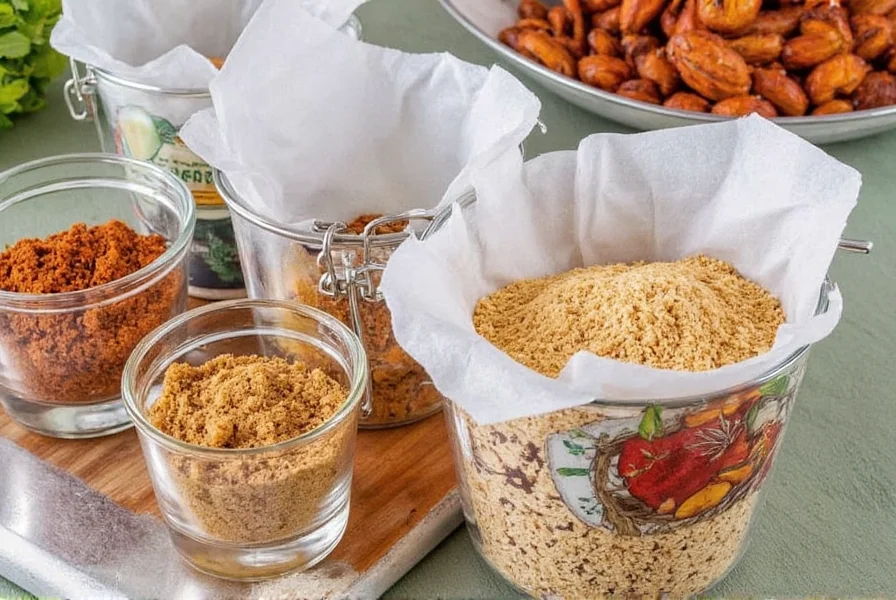
Stay spicy, stay sassy, and keep that grill smokin'!

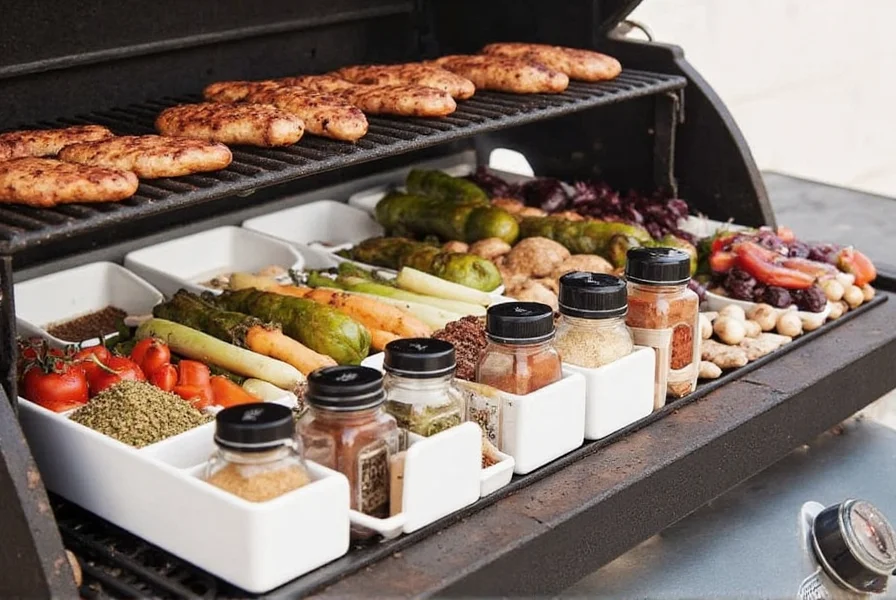









 浙公网安备
33010002000092号
浙公网安备
33010002000092号 浙B2-20120091-4
浙B2-20120091-4